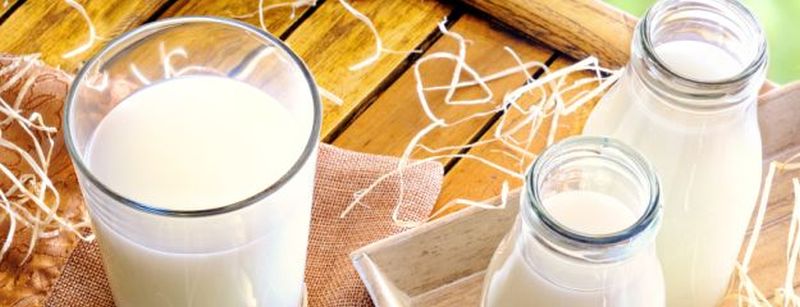milk prices,
dairy producers
Drought Not Slowing South American Milk Production

Drought in Argentina has been pushing U.S. soybean prices higher adding to the cost of milk production for U.S. dairy producers. At the same time, milk production has returned with a vengeance in many of the major milk—producing regions of South America, adding to world milk supplies and potentially creating a double hit for U.S. milk producers.
«Milk production gains in South America are expected to persist through 2018, though likely at more modest rates than last year,» says Monica Ganley, guest columnist for the Daily Dairy Report and owner of Quarterra consulting in Buenos Aires. As with any forecast, though, key risks exist that could complicate the outlook and ultimately result in production declines, she adds.
«The first risk is related to weather, particularly across the continent’s Southern Cone, where severe drought has significantly damaged the corn and soybean crops and has led to concerns about pasture quality and forage availability in both Argentina and Uruguay,» Ganley says. The drought is anticipated to subside in coming weeks, but if it worsens or expands, it could knock back milk production well into the winter months.»
The other key risk is deteriorating farm margins. «Operating costs have remained remarkably modest over the last few months, allowing farmers to achieve comfortable, if not excessive, profitability,» she notes. «But a likely increase in concentrate prices combined with stubbornly high inflation threaten to eat away at the gains achieved over the prior months.» If increases in milk prices fail to outpace rising costs, South American dairy producers will likely tighten their belts and output gains could slow or disappear altogether.
Milk production in the Southern Hemisphere is well past its peak, but most countries in South America are still posting year-over-year increases, Ganley says. Argentina’s reversal in milk production has been the most dramatic. «Following an annual drop of 12.5% in 2016 and another 0.7% decline in 2017, production in Argentina is beginning to show some convincing improvement,» she notes. According to the Ministry of Agriculture, Argentine production climbed 12.8% in January and 13.6% in February. «Even with the national dairy herd at its lowest level since 2011, dairy producers have demonstrated a desire to expand production within the new economic context of improved margins,» Ganley says.
The region’s largest milk producer, Brazil, posted a 4.1% year—over-year increase in output last year. «Although official statistics are not yet available for the first few months of 2018, anecdotal evidence indicates that dairy producers in most Brazilian states continue to expand production,» she adds. «Moreover, milk prices are improving, thanks to renewed consumer demand, and higher prices should continue to encourage additional milk volumes moving forward.»
Production in Uruguay is returning to its 2013 record highs, Ganley notes. In 2017, year—over—year output in Uruguay surged 7%, and January 2018's output was also higher, up 2.7% compared to 2017 levels. «At the end of last year, Uruguayan milk production was within spitting distance of its all—time high, just 5.6% shy of 2013's volume,» she notes. «If volumes continue to grow in coming months, the country could near its historical peak by the end of this year.»
